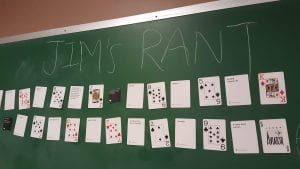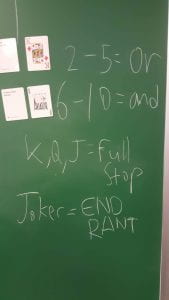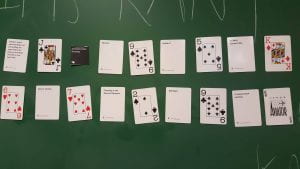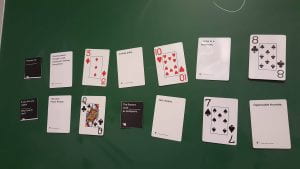Appropriation Art: M.A.D. Wars
2-4 players
This game takes War (the card game) and adds some twists and new rules to it.
Materials:
- 2-4 decks of cards, evenly mixed together
- Nukes (anything to represent a counter, preferably in an atomic bomb-style shape)
- 2-4 sets of rows of 3 circles each (Places to put your dormant Nukes)
Rules:
- Every player chooses a power (either from ALLIES or AXIS) and that skill is applied to them for the entire game.
- Every player is evenly dealt the combined decks of cards (modified for Germany due to country effect).
- Every player starts with 3 Nukes*.
- If a player’s total Nuke amount dips below 3 (modified for Italy because of country effect), Radiation Poisoning** activates.
- Players proceed to play a “normal” game of War.
- After a declared “war” has ended, the winning side is given 2 options he can either give the cards to the enemy and steal a Nuke from them or take the cards for himself.
- All destroyed cards are sent to the Graveyard.
- The game is complete when only one player is left with cards in his deck.
*Nukes allow a player to destroy all enemy cards currently on the board and allows you to regain the card you just played. They are a one time use.
Nukes can be activated at any time, including right after a “war” is over after the winner has been decided, preventing the winner from taking the spoils. But if used during a “war,” all cards on the board are destroyed.
**CHOOSE A TYPE OF RADIATION POISONING PER GAME
Fatal Radiation Poisoning (For shorter games)
Activates on a per turn basis. A player gains +1 Radiation Poisoning for every Nuke used that places their total Nuke count under 3. Players must discard the top card of their deck before every turn for every Radiation Poisoning they have.
Vengence Radiation Poisoning 2 (For longer games)
Activates on a per turn basis. A player gains +1 Radiation Poisoning for every Nuke used that places their total Nuke count under 3. The player must place an additional card on the field underneath another card depending on how much Radiation Poisoning they have, but only the first card seen counts. For example, a player has +1 Radiation Poisoning. Every turn, he draws two cards from the deck and places them face up, with the first card hidden by the second. Only the card that can be seen, aka the second card, counts. The winner then takes all the cards on the field, like in normal war.
Ex. A player has 2 Nukes. He has +1 Radiation poisoning.
Ex. A player has 0 Nukes. He has +3 Radiation poisoning.
TIPS: It is better to try out the game without using the countries to get a feel for the game first.
Allies v. Axis
ALLIES
USA– Gains 1 Nuke every 20 turns
USSR– Can negate a Nuke (once for every enemy)
Great Britain– Can activate a Nuke effect without using a Nuke once a game (Dresden)
France– Gets 2 Jokers, which essentially can be any card France wants it to be (wild card).
AXIS
Germany– Starts with 10 more cards than everyone else.
Japan– Can declare “Kamikaze War” at any time, limited to 2, which is normal “war” except the resulting cards placed will always be destroyed and sent to the Graveyard. The winning side of the “war” always steals a Nuke from the loser.
Italy– The Radiation Poisoning minimum starts at 2.
Inspiration:
My inspiration for choosing this game was because I felt I was never good at building things. I thought that I could take a card game, and turn it into something different. War has been a game I have played ever since elementary school, and so I wanted to take this game and put a spin on it. I also took inspiration from the chess board idea that involves pouring red paint on the dead chess pieces. Chess is a game mimicking war, so why can’t the dead from war also be mimicked. I wanted to make the card game War similar to this, where an aspect not included in the original game is implemented from a realistic war standpoint. I added the idea that you can use a nuke to destroy a battlefield, but your enemies also have the power to do the same.
Meaning Behind the Game:
This game has a very similar meaning to the appropriated game of chess, specifically Yoko Ono’s “White Chess” version. In Ono’s piece, you cannot tell who is friend or foe. In my piece/game, it borrows the idea of chaos between friend and foe and ends up hurting both. The reason I chose this game was that the world of Dada came into being during the time of War, where there were much chaos and destruction. The world was filled with so much revenge reasoning, like where the enemies strike, so you strike back. Dada takes all that reason and throws it out the window. Much of WWI and its propaganda was conveyed through words, so instead Hugo Ball, the Father of Dada, at the Cabaret Voltaire decided to make poetry using, not the heinous words used to encourage the war, but pure sounds. Emmy Hennings sang a ballad then followed it with a ribald ditty. This movement had a ripple effect that spread to other places, such as New York or Paris.
I decided to take a different approach but still related to the anti-war style and have a game where the idea of War (the card game), even if the original game is childish, and shows the major repercussions war can have, especially when we enter the world of nuclear war. When a player uses a nuke, they feel the repercussions on their deck, even if they are not instant. They occur and accumulate over time (because the cards are gradually discarded. These cards are the victims of the radiation poisoning of the land, slowly being sent to the grave, simply for being there, which is the unfortunate truth of nuclear war. This may seem rather weird, where when you nuke an enemy, you get poisoned, but just imagine if everyone was fighting on the same battlefield. If you were to nuke your enemies soldiers when they went out for battle, the next time your soldiers go out to fight, they would feel the aftereffects of your decision. This is essentially how the world is now, especially with North Korea and the rest of the world on the edges of their seats.This is why I dubbed the game not “War with Nukes,” but M.A.D. Wars, aka Mutually Assured Destruction Wars.





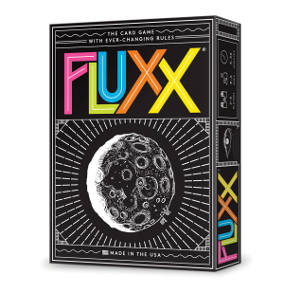
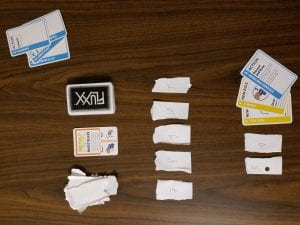
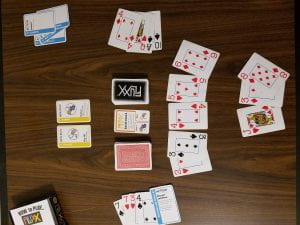
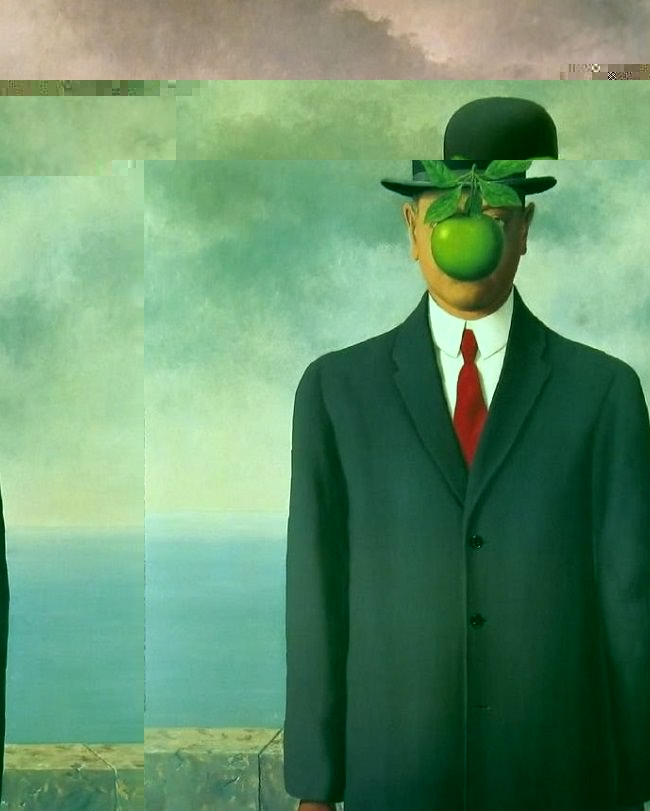
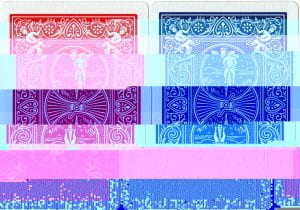

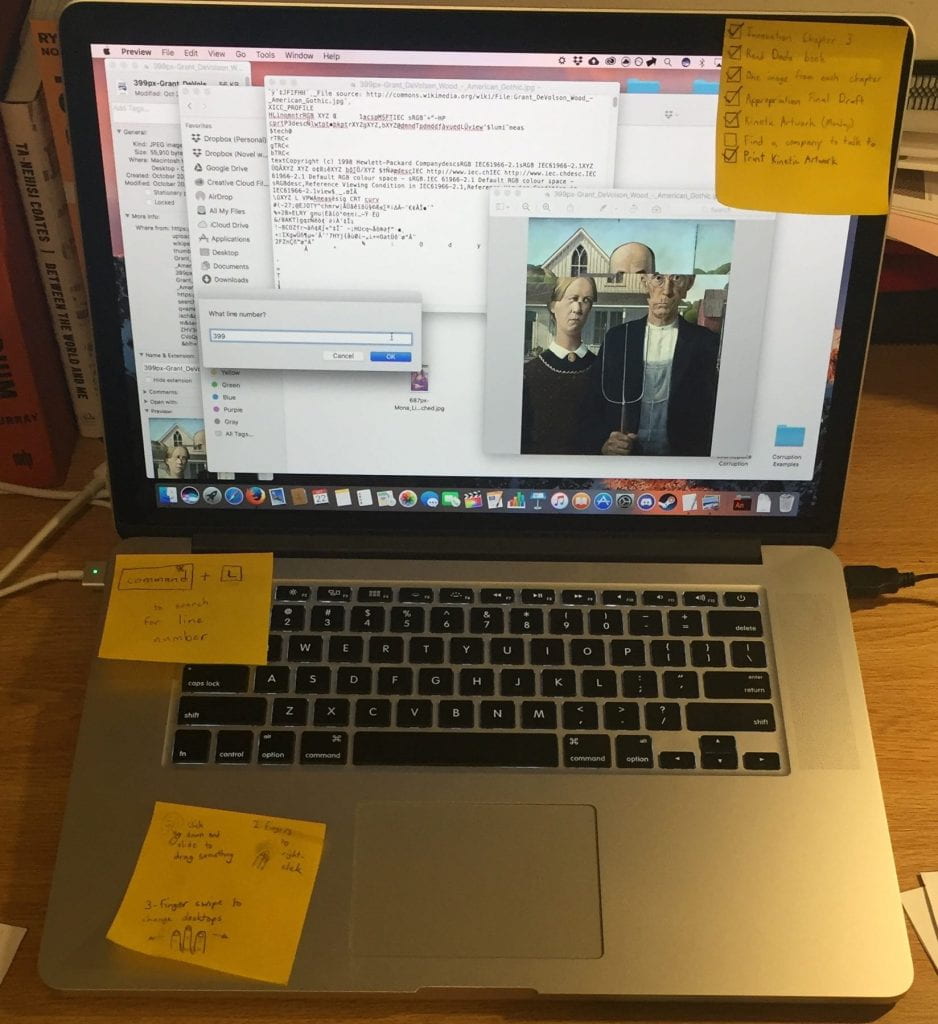
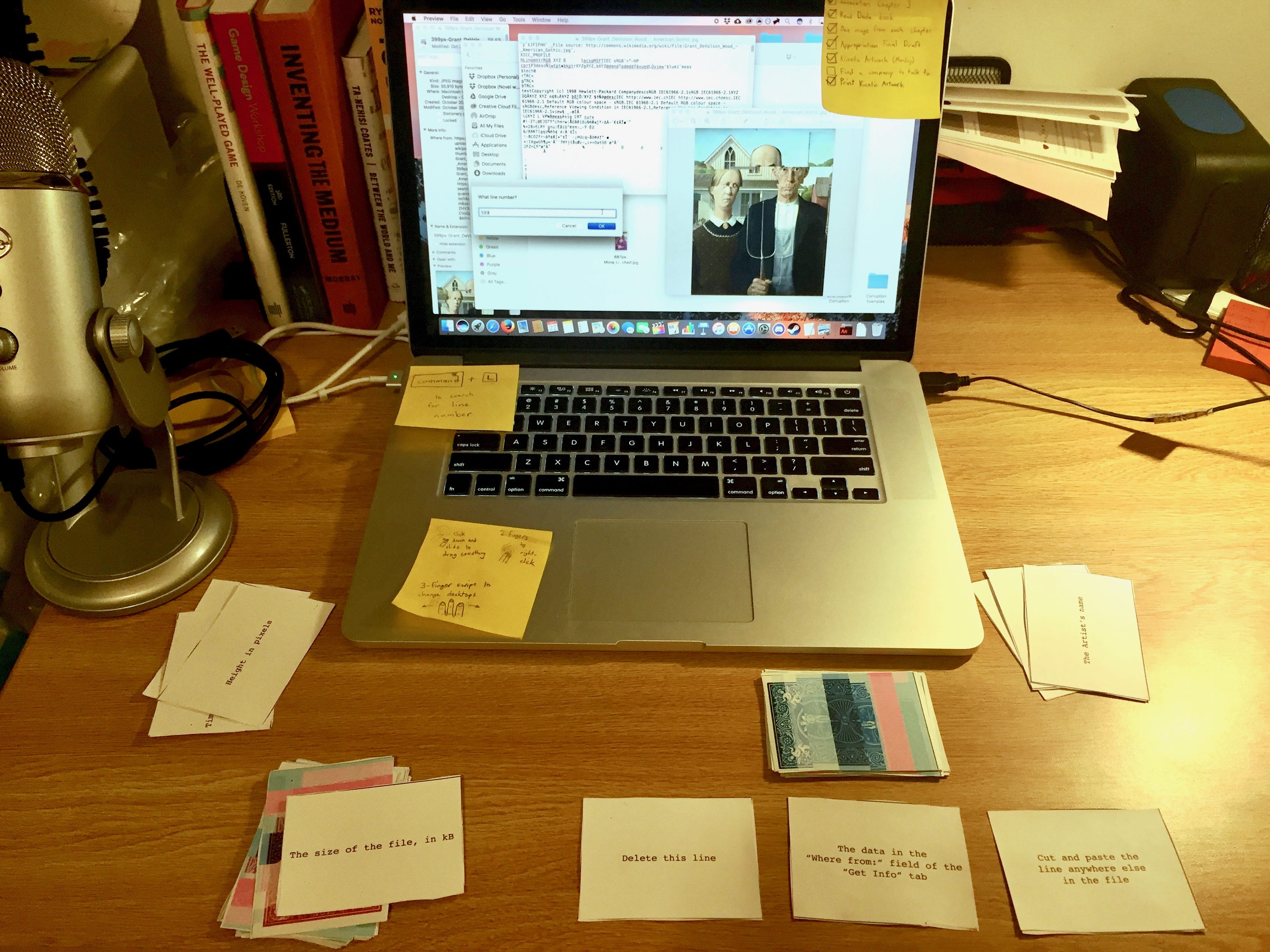

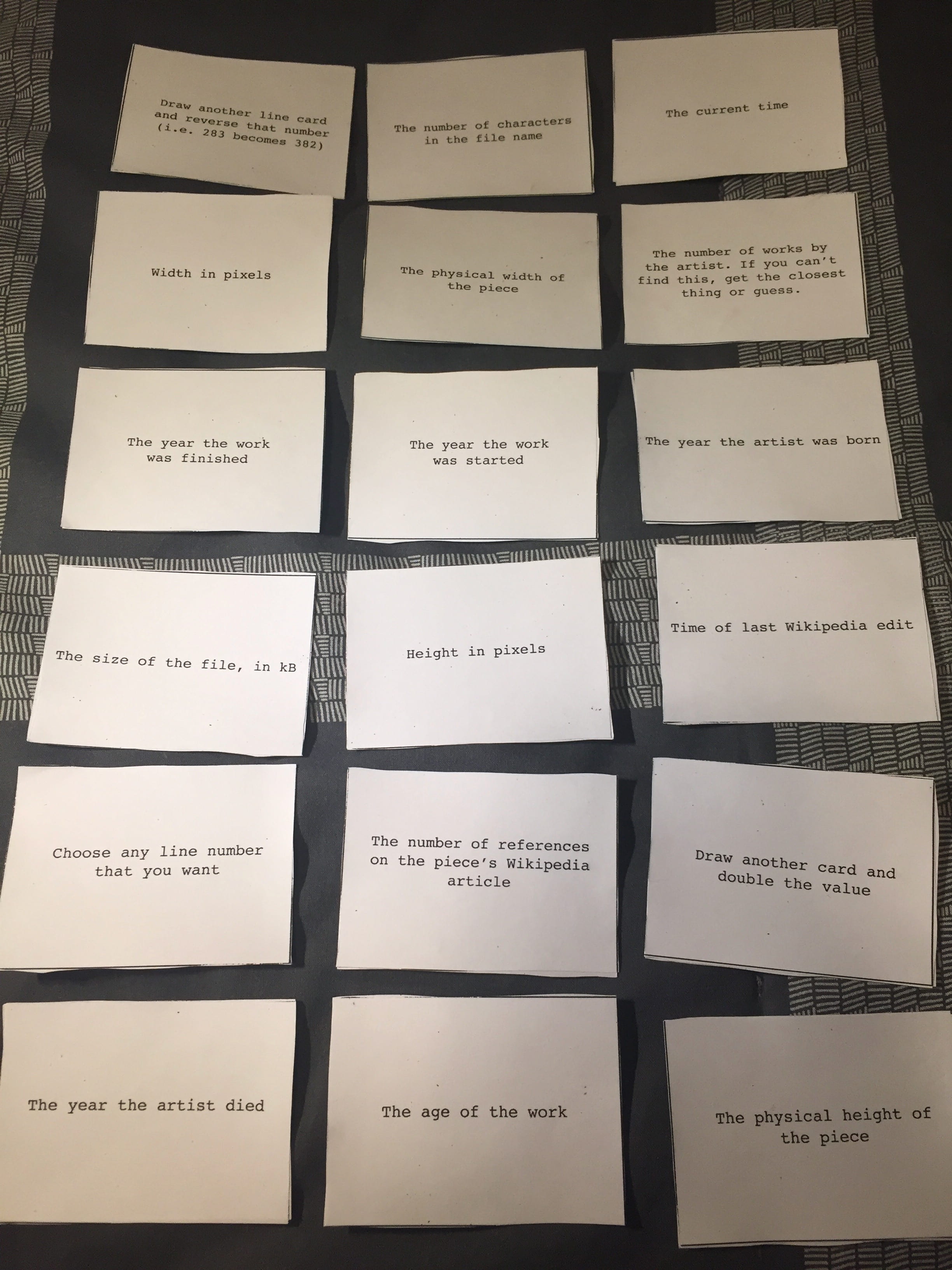
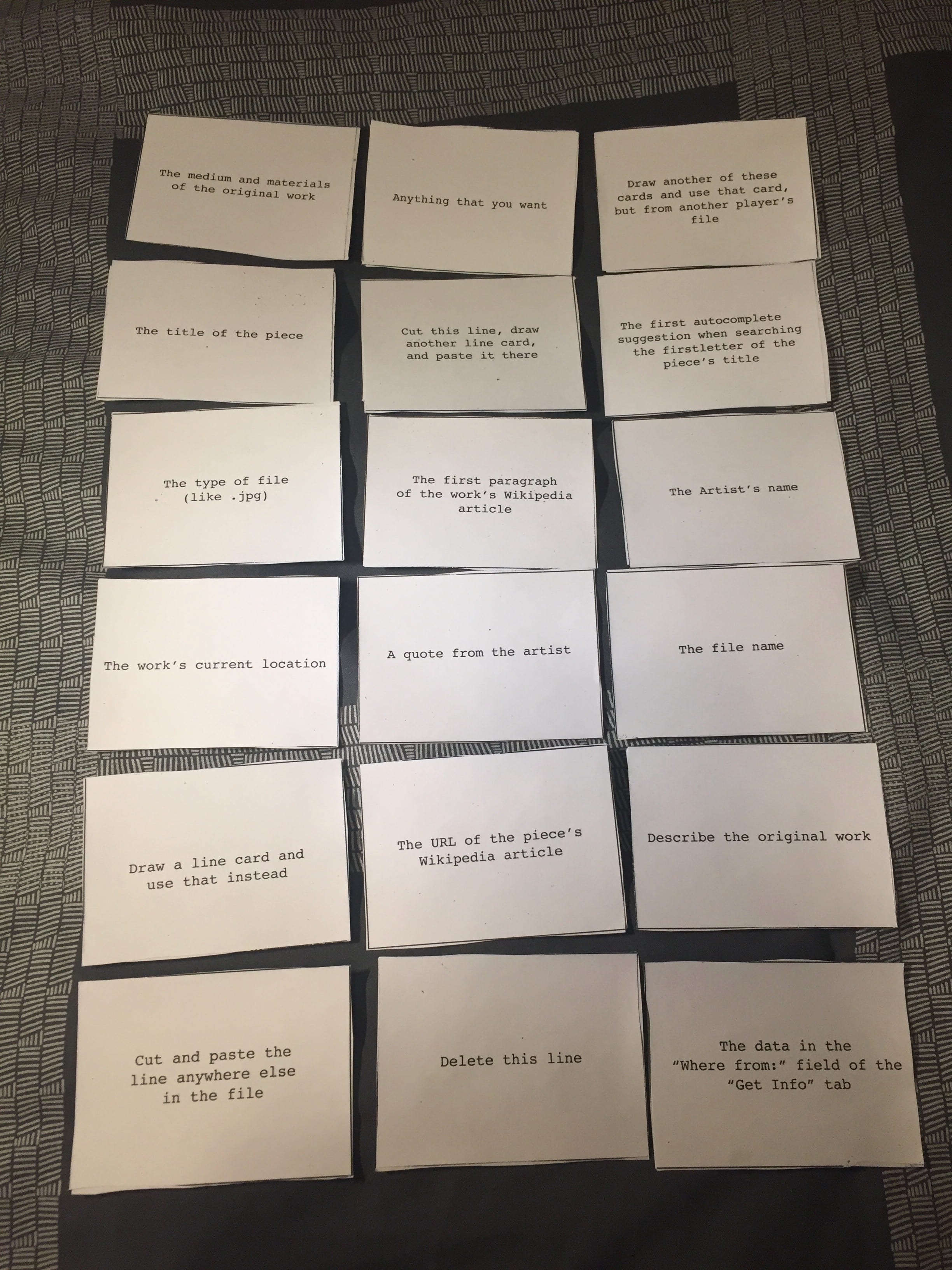

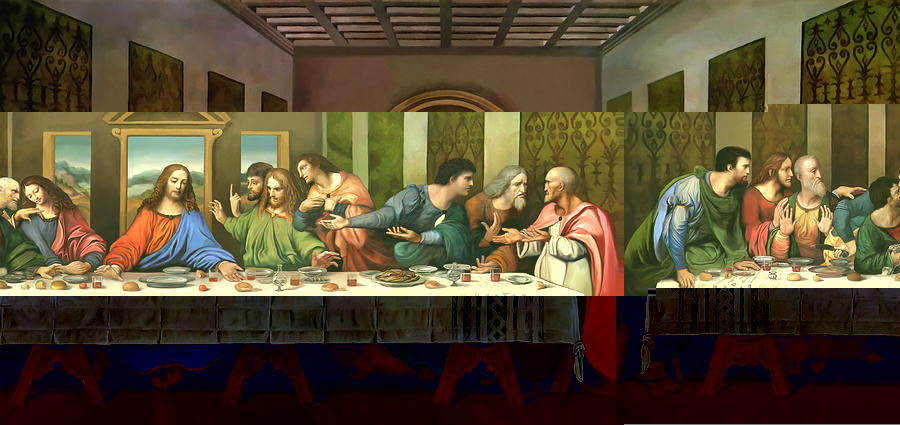
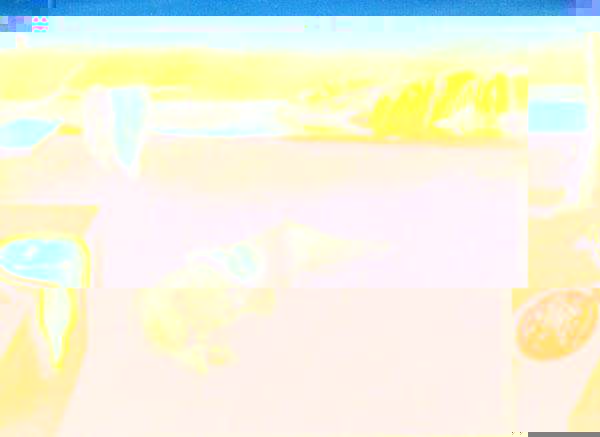
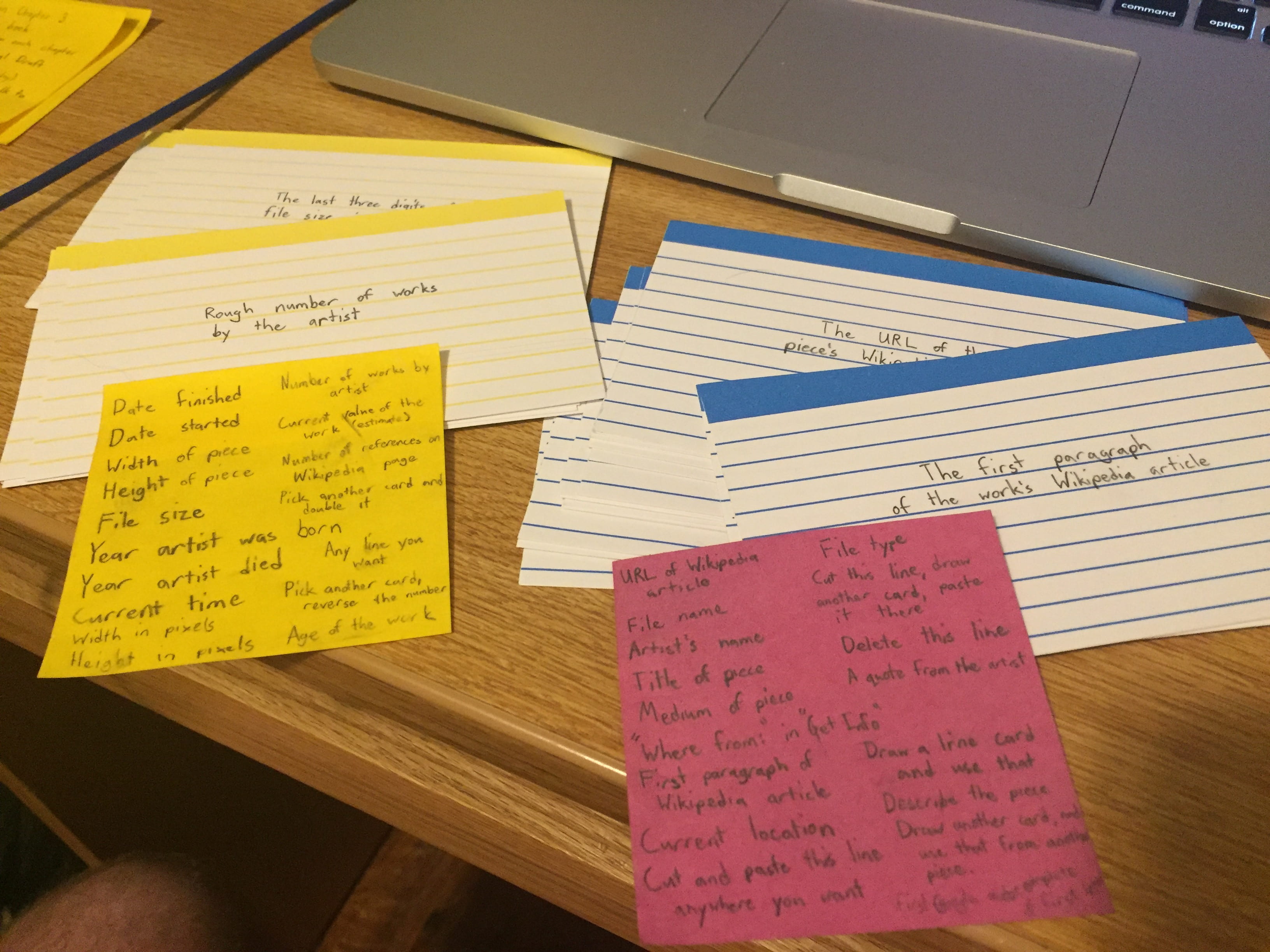
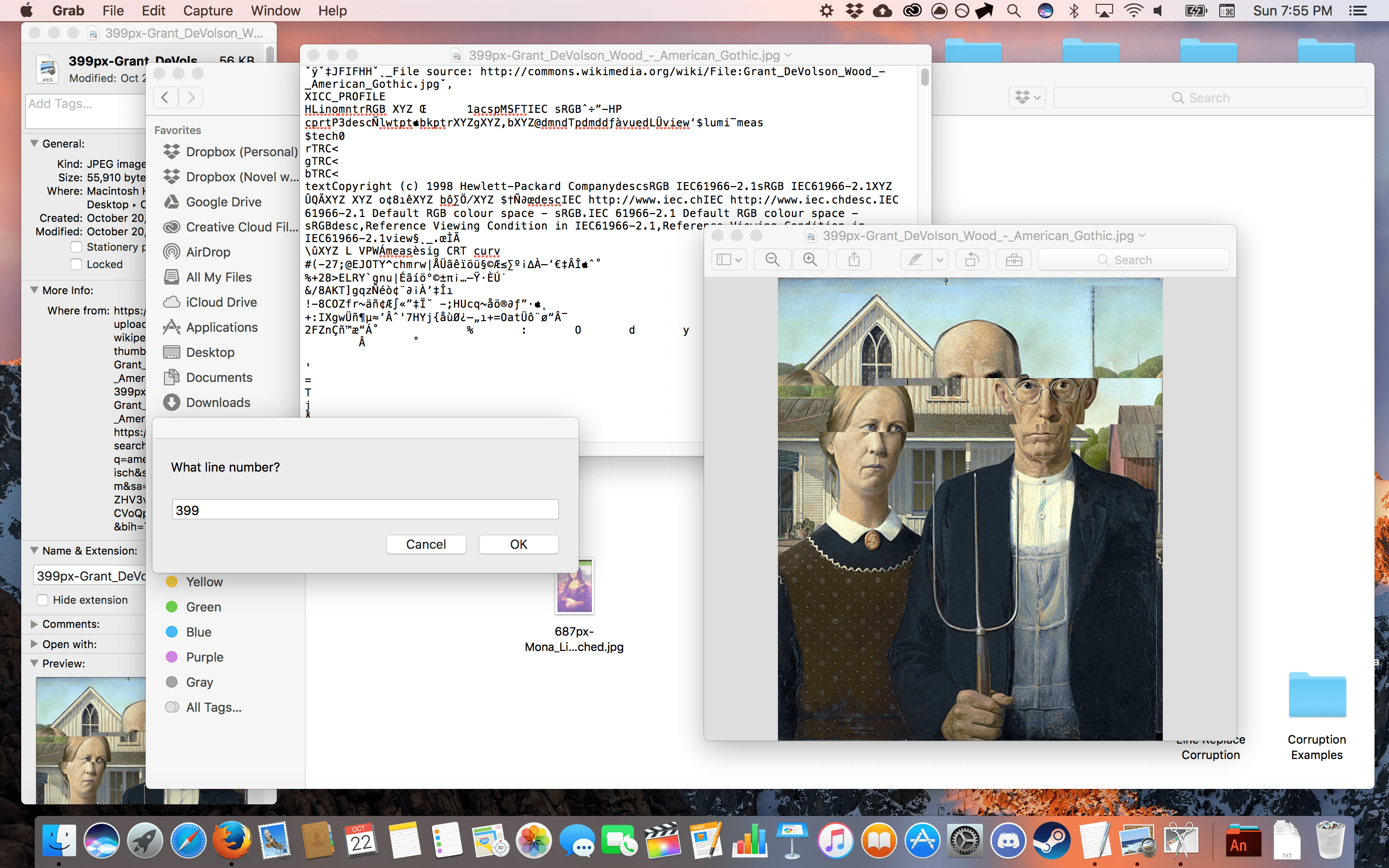


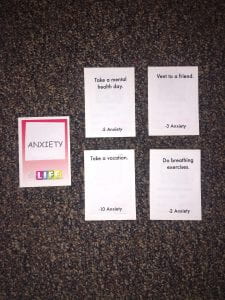
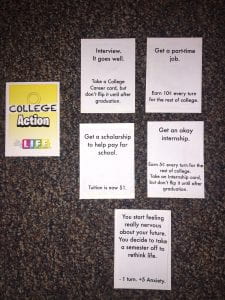
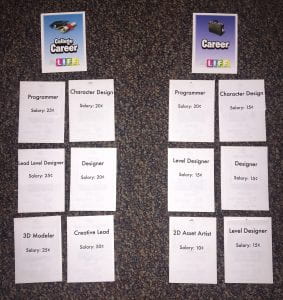

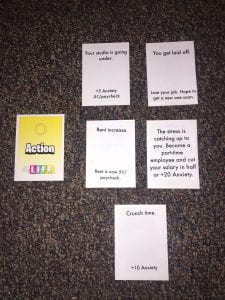
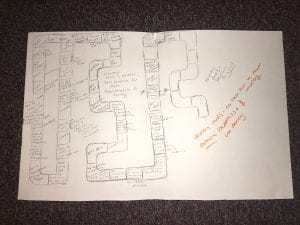
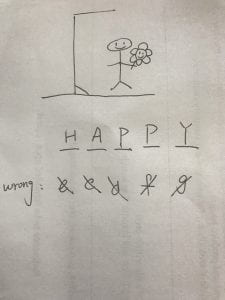
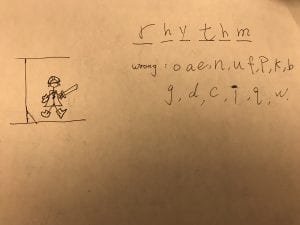
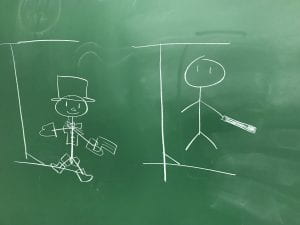 The final play test on the class.
The final play test on the class.